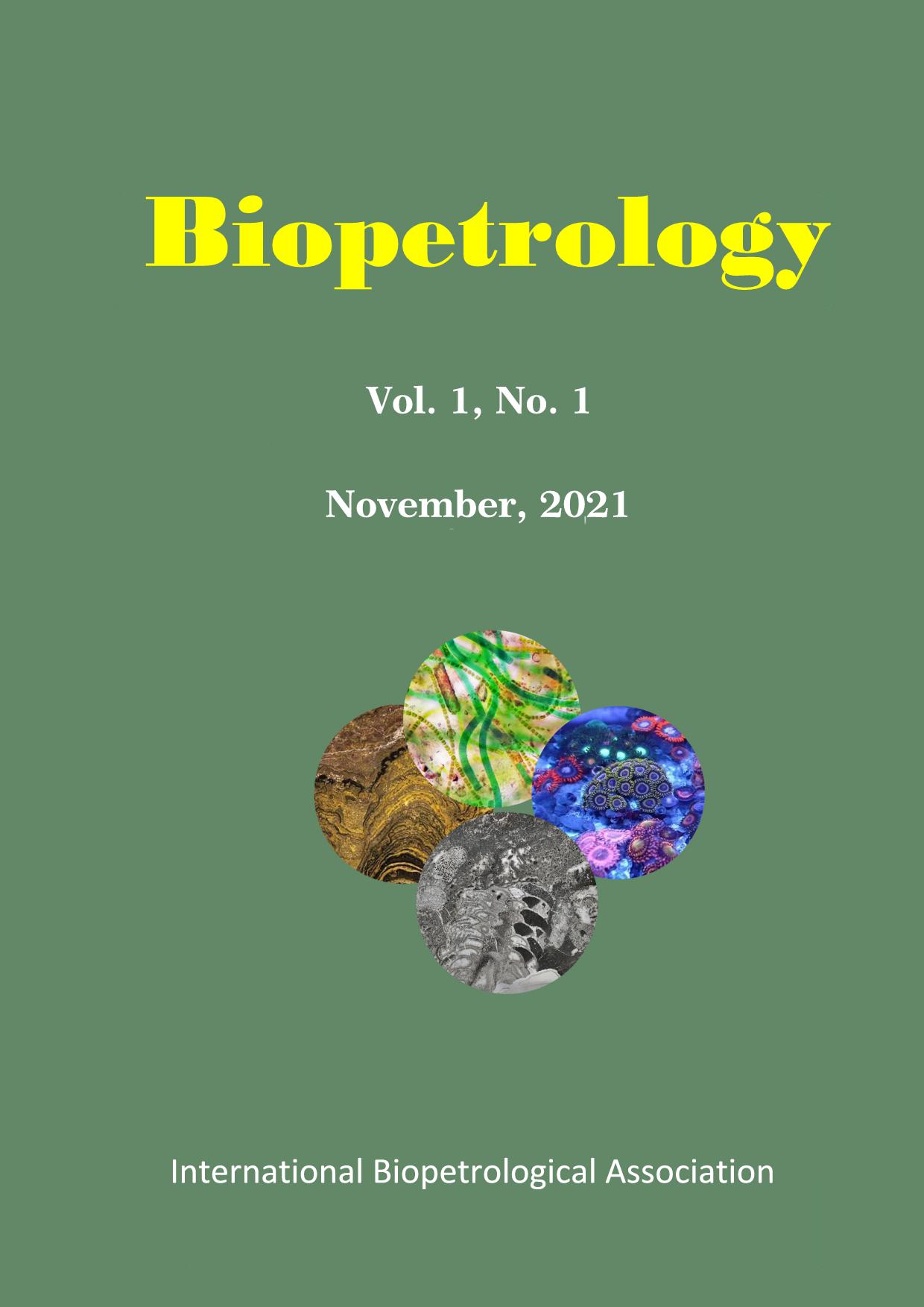Why submit to Biopetrology?
- It's free for open
access;
- Publish
papers in < 1 week;
- Peer reviewed but decided by editors;
- It's an official journal of IBA;
- Papers can be long or short;
- In English or both English abstract and Chinese text;
- Not limited to biopetrology
- It's free for open
access;
- Publish
papers in < 1 week;
- Peer reviewed but decided by editors;
- It's an official journal of IBA;
- Papers can be long or short;
- In English or both English abstract and Chinese text;
- Not limited to biopetrology
- It's free for open access;
- Publish papers in < 1 week;
- Peer reviewed but decided by editors;
- It's an official journal of IBA;
- Papers can be long or short;
- In English or both English abstract and Chinese text;
- Not limited to biopetrology
The
manuscripts must contain innovation, and can be in these forms:
(1) Articles
(doc or docx; like the style of the papers in
Palaeo 3; including 9 parts: abstract, key words, introduction, methods,
results, interpretation, discussions, conclusions, references; <35 pages);
(2) Reports
(doc or docx; like the style of the papers in
GEOLOGY or NATURE; < 12 pages);
(3) Data
(doc or docx; results of chemical analysis,
description of new fossils/minerals/rocks, new geological phenomena; including
abstract, key words, introduction, method, results);
(4) Reviews
(doc or docx; analyze all the
literature in a field and present new viewpoint, best with new data; <35
pages);
(5) Comments
(doc or docx; arguing against some points in
a published paper, proposing different viewpoint with new evidence or
reasoning; <12 pages);
(6) Opinion and perspectives
(doc or docx; proposing some important viewpoints or perspectives about the development of a field; <15 pages);
(7) ppt files
(ppt; include abstract, introduction,
method, results, interpretation, conclusions, and references; it must be well
illustrated; <35 pages);
(8) Audio files
(mp3; like a recording of a
lecture; <15 minutes);
(9) Video files
(mp4; like a video of an oral
presentation; <15 minutes).
● Contributions should be in English.
● Figures should be inserted in the text.
● It must be written in a readable English.
● Its figures
must have high quality.
● The references should be in this form: Wu, Y.S., Wang, W., Jiang, H.X.. 2021. Evolution patterns of seawater carbon isotope. Geological Journal, 56: 457–474.
Procedure of processing the manuscript to Biopetrology
◆ Innovation scoring
The MS is sent to 23 associate editors (AE) for a rapid evaluation, (1) to score its innovation, (2) score its significance level, (3) to examine possible errors in it.
(Criteria: If the MS contains new knowledge or new method or very important data, score it a 5, or 4. If it contains a large number of new materials or important data, score it a 3 or 2. If it has some new material, score it a 1. Otherwise, score it a 0. If the average of the scores is >0.6, the MS will be accepted.)
(The errors in MS include academic errors and linguistic errors. Academic errors refer to incorrect interpretation, wrong viewpoint, and incorrect understanding and use of terminology.)
◆ Detailed review
The chief editor will calculate the arithmetic mean value of the scores of the MS. If it is >1, the MS will be sent to the corresponding AE for more detailed reviewing. The suggestion from AE will be sent back to the author for revision. If the AE is satisfied with the revision, the paper will be sent to the Editor in Chief for approval of publishing.
◆ Language editing
If language editing is needed, the manuscript will be sent to the language editor for editing or possible suggestions.
